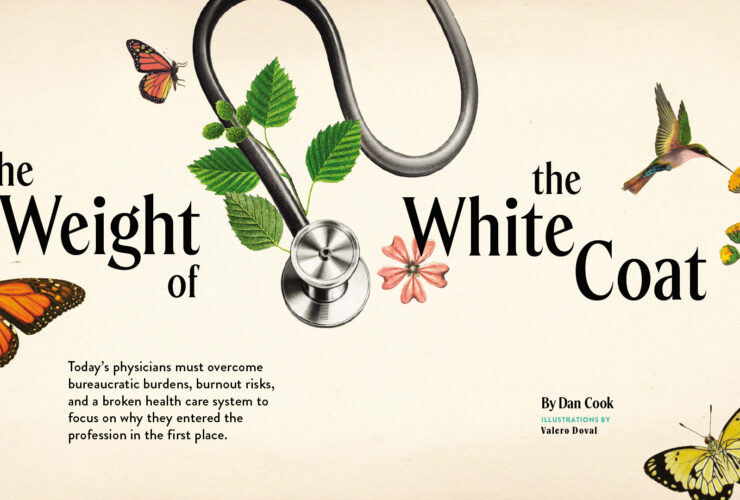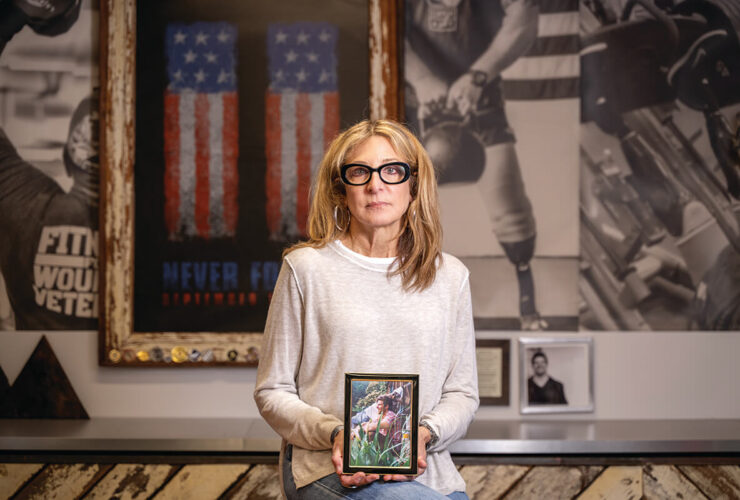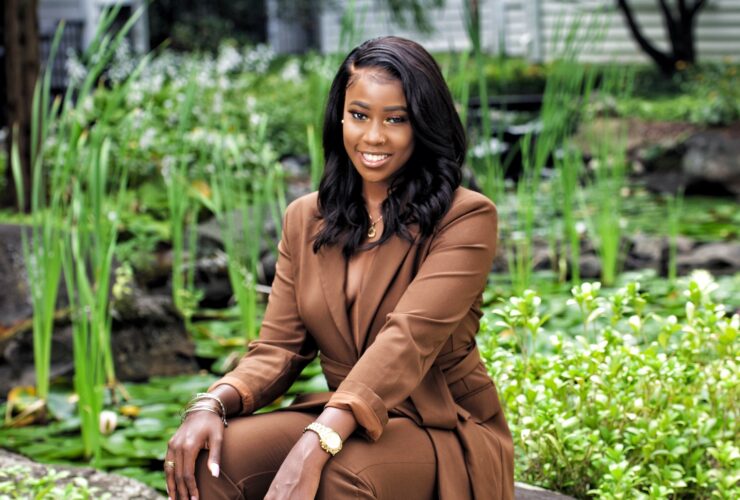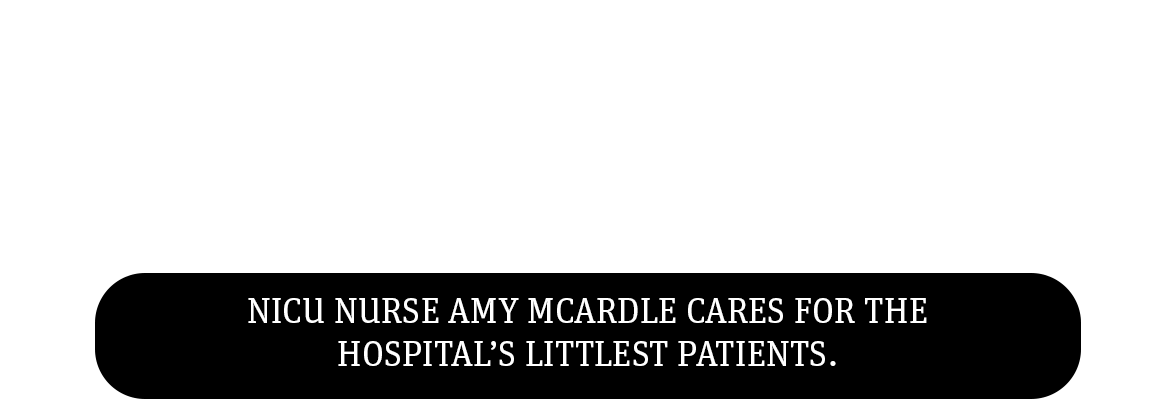
Health & Wellness
Tiny Charges
NICU nurse Amy McArdle cares for the hospital’s littlest patients.
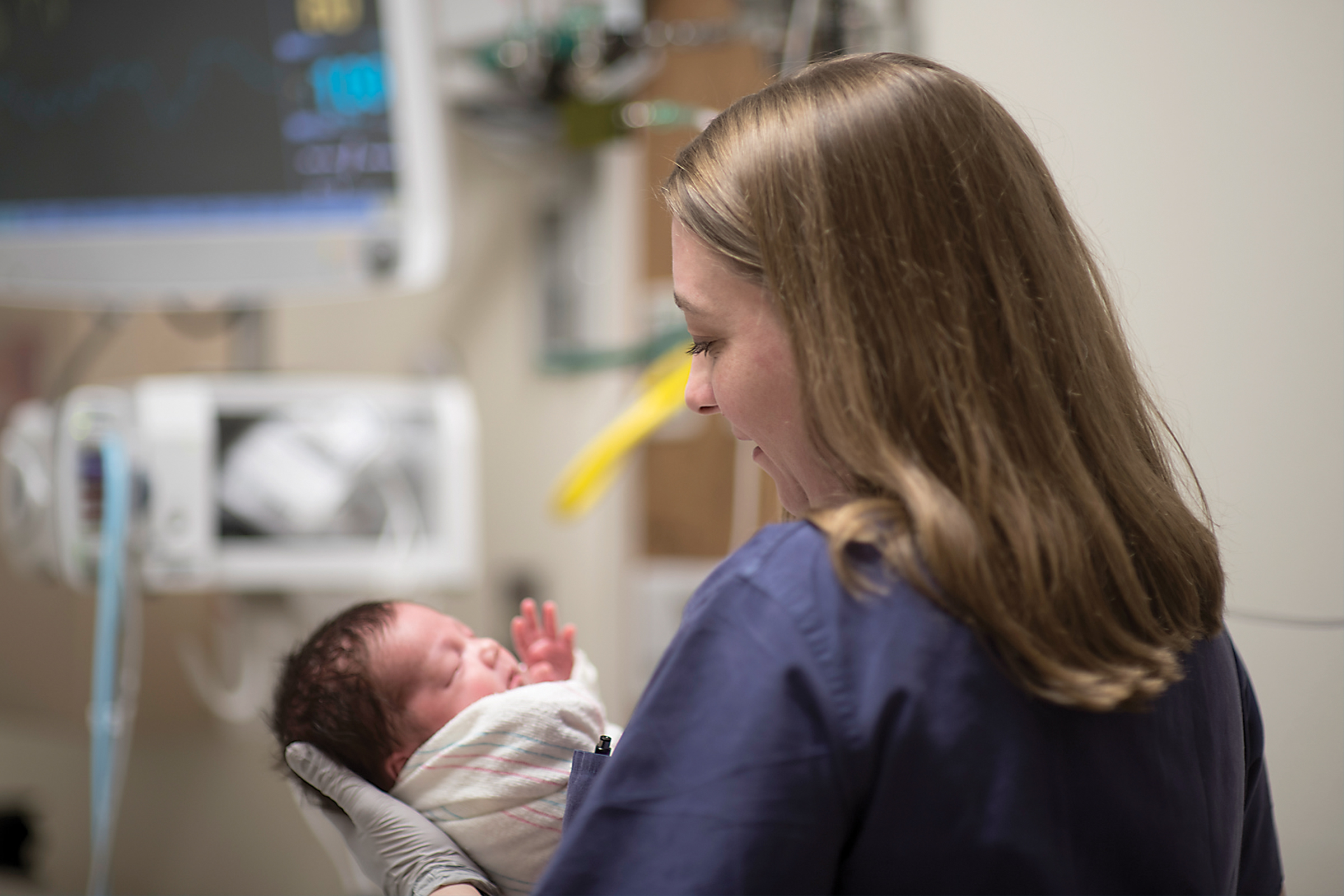
 t’s not a surprise that Amy McArdle ended up becoming a neonatal nurse. “Even when I was little, I used to pretend my baby dolls were sick,” she says. One night, her mother came home after work to find a row of dolls with makeshift IVs. “I put water inside sandwich bags with a string, and the needle was a toothpick,” she recalls with a laugh. “My mom said, ‘She’s definitely going to be a nurse and do something with babies.’”
t’s not a surprise that Amy McArdle ended up becoming a neonatal nurse. “Even when I was little, I used to pretend my baby dolls were sick,” she says. One night, her mother came home after work to find a row of dolls with makeshift IVs. “I put water inside sandwich bags with a string, and the needle was a toothpick,” she recalls with a laugh. “My mom said, ‘She’s definitely going to be a nurse and do something with babies.’”
Running the make-believe ER for her “sick” dolls called for an orderly approach, but, of course, they all “recovered.” Now, after 14 years working as a nurse at MedStar Franklin Square Medical Center’s neonatal intensive care unit (NICU), McArdle has learned the true importance of organization in a job that can go from calm to crazy in a matter of minutes.
When McArdle clocks in at 7 a.m. and gets her reports from the prior nurse on duty, she first creates a detailed chart outlining each baby’s care throughout her 12-hour shift. “I set up my paperwork so it’s hourly,” McArdle explains, holding a sheet of paper marked with the names of her patients across one side, and hourly tasks down the other side. “As I get things done, I cross off the hour. I don’t trust going off my memory.” It’s 9:45 a.m., and three rows have already been neatly marked through with diagonal lines, indicating three completed rounds of care for each baby.
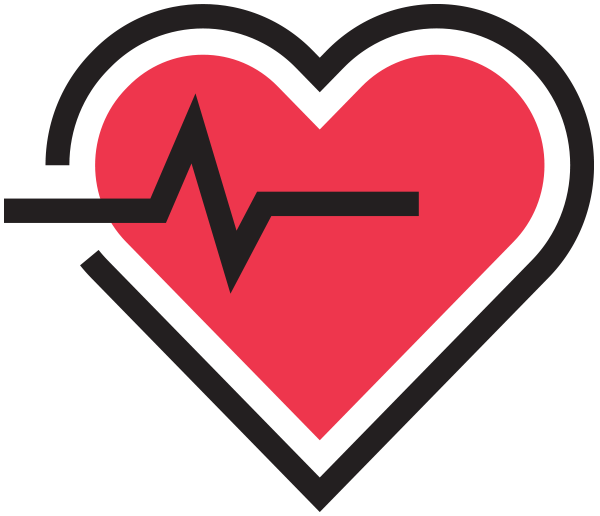
The 23-bed, 19-room NICU is broken up into three bays. Today, McArdle, who is a certified registered nurse and will complete her bachelor’s degree in June, is working in Bay 2, and has been assigned two patients—a 2-and-a-half-month-old girl born prematurely at 25 weeks, and a 1-day-old girl born a month early at 36 weeks. One nurse generally cares for two babies, but that number could range from one to three depending on the patients’ condition.
“We call them golden-hour babies if they’re under 32 weeks,” McArdle says of the preemies. “They’re tiny, but they’re also tough little babies. They kind of have to be.”
As she begins her hourly check-ins again at 10 a.m., she enters the private room of her newest charge, the day-old baby girl. Despite arriving almost a month early, she’s surprisingly large at 5 pounds 9 ounces, with long eyelashes and chubby cheeks. She’s sleeping in an isolette—an enclosed incubator that helps preemies maintain optimal body temperature, with a mask delivering oxygen under pressure to help her breathe. Other probes measure more vital signs, like the baby’s pulse, oxygen saturation, and temperature, which appear on monitors in the room, outside the door, and on two overhead screens on each end of the bay.

When Dr. Fernando Mena, chief of neonatology at Franklin Square, comes into the baby’s room as part of his daily rounds, the baby’s mother and 16-year-old brother are waiting. Wearing a hospital gown and still sore from her cesarean delivery a day prior, the mother eagerly but cautiously peers through the plastic isolette, seeing her baby for the first time since delivery. Today, McArdle’s priority is helping the mother hold her baby for the first time.
“Especially if they’ve had a C-section, a lot of mothers don’t get a chance to hold their newborns, because we take the baby right from delivery [to the NICU],” says McArdle. “We are family-centered, so any time the mom comes, we want her holding the baby, reading to the baby, singing to the baby. We’ll do skin-to-skin care, which is really good for mom and baby—it helps bonding, it helps mom’s milk supply come in, it helps calm the babies down. If the baby was not feeling well before and breathing fast, they really do relax and get into a nice, deep sleep when mom’s holding them.”
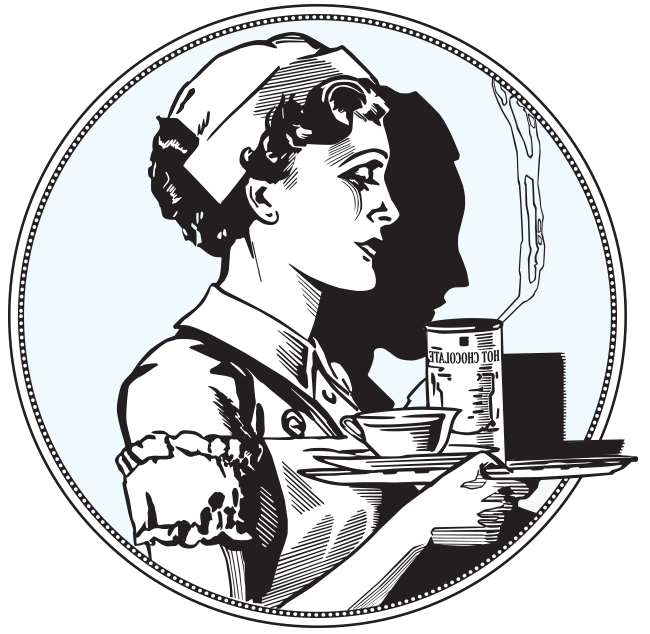
McArdle carefully removes the child from the incubator and situates the various cords—from her continuous positive airway pressure mask, IV, and monitors—so they will reach her while she sleeps on mom’s chest. “In a matter of a minute, you can wean down their oxygen,” says McArdle of the skin-to-skin contact, noting that as the baby calmed down, its oxygen saturation had quickly risen to 100 percent. “She likes her mommy time.”
Most parents visit at least once a day, sometimes twice, for rounds with Mena in the morning, and then again after the father or other family members get off work. But thanks to private rooms with a recliner and pull-out couch, a common area with a kitchenette, and a courtyard garden, families can stay comfortably 24/7. “We’ve had moms stay here for weeks on end,” says McArdle, who empowers parents to take as much of their child’s care into their own hands as possible. Helping parents build confidence is her favorite part of the job.
“They come in and they’re like deer in the headlights, you know. They see all the wires and tubes in the little baby. But give them a couple days, and they’re taking the baby’s temperature, changing the diaper,” she says with a grin. “I like teaching the families and watching the babies grow, and watching the parents grow with them.”
Of course, any NICU unit occasionally loses a patient, and the whole staff feels it.
“We want to do everything in our power for the baby to survive and live a long, happy life with their parents,” McArdle says. “But sadly, we do have babies that don’t survive despite our best efforts and modern technology. And when a baby passes, it’s hard for the whole medical team.”
“As a nurse and a mother myself, my heart breaks for them,” says McArdle, who has a 12-year-old daughter and 9-year-old son. “Sometimes, words cannot express how to help parents through this difficult time, because their time with their babies is too short and it’s hard to understand why this happens. I try to give the families individualized support and the time they need to say goodbye to their little one. We fill a memory box for them with various items such as their lock of hair, footprints, their first hat, a mold of their babies’ feet, and pictures of them to symbolize their baby’s life.
“We all understand and feel the same way. I also have a good support system at home, and these are the nights that I hug my children a little tighter at night before bed.”

Accented in pastel blues and greens, the Franklin Square newborn care unit is a calm environment that’s a far cry from frantic emergency rooms one might envision in a hospital with critically ill patients—and that’s by design. “We keep things pretty low-key, even in an emergency situation,” McArdle explains, noting that she can pick up on a serious issue based on a subtle change in another nurse’s tone of voice. “If something’s not quite right, you wouldn’t necessarily know it. We try to keep things as calm as possible even if the sky is falling, just because the other parents don’t need to see that side of it.”
Individual rooms divided into three bays add to the sense of privacy. But it wasn’t always this way. The current 16,000-square-foot, $7.8 million NICU was unveiled in February 2016, made possible by more than $4 million in donations, including gifts from families of former patients. Previously, the neonatal unit was a single room with babies arranged in a circle and separated only by curtains. “You didn’t have any privacy,” says McArdle, who worked in the old unit for more than 13 years. “You’d be trying to talk to a mom, while a few feet behind you is another family. And, ultimately, they did hear exactly what was going on. If you had a really sick baby, the other parents got nervous.”
State-of-the-art technology, including monitors, nurse telephones, and messaging systems, help the team monitor all areas of the NICU, even those out of sight or earshot. “You have to rely more on your telephones and open communication, because, that way, you know what’s going on in another bay,” says McArdle. “They have it soundproofed so well that you can’t really hear what’s happening in the other space.”
Before long, it’s time for McArdle’s next round of hourly checks. “You probably think, ‘Oh, two babies, you’ll have a lot of downtime.’ But you really don’t,” she says. “You’re constantly changing, prioritizing, re-prioritizing. You might have a plan in your head of how your day’s going to turn out, but you’re always reevaluating that plan. You have to be flexible to work here in the NICU.”

Despite her many years on the job, McArdle says there’s always more to learn. She recalls an instance when she called on her co-workers for help during a rare procedure on a critical patient. “We don’t have a test tube set up very often for a baby who has a collapsed lung—it hasn’t happened that often where I’ve been the nurse who started it, so when that situation happened, I was like, ‘All right, huddle,’” she recalls. “And then, between two or three of us, we got it done right.”
The work of neonatal nurses goes unnoticed by most people who haven’t experienced the NICU firsthand, she says. “You get pregnant, you have your baby, you take your baby home—you don’t think of the gamut of things that can go wrong. Nobody ever plans on having a baby in the NICU, it’s just a pit stop along the way.”
“The best part is watching the baby go home. Remembering what that baby looked like when they were born, all the struggles they went through—seeing their chubby cheeks, they’re eating, they’re doing everything they’re supposed to,” McArdle says. “It’s a hard job, but it’s such a cool job, I want everybody to know what I do.”

